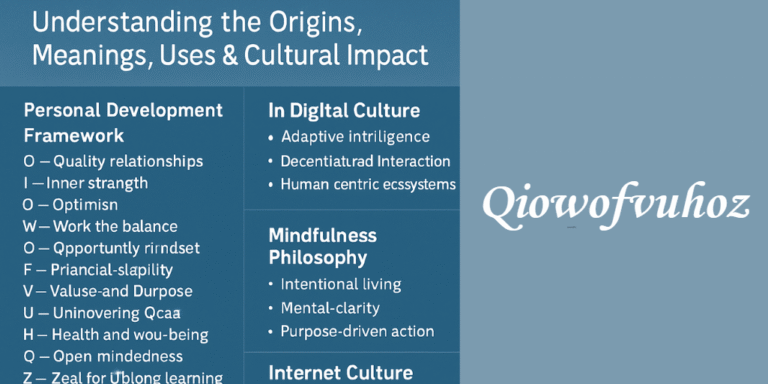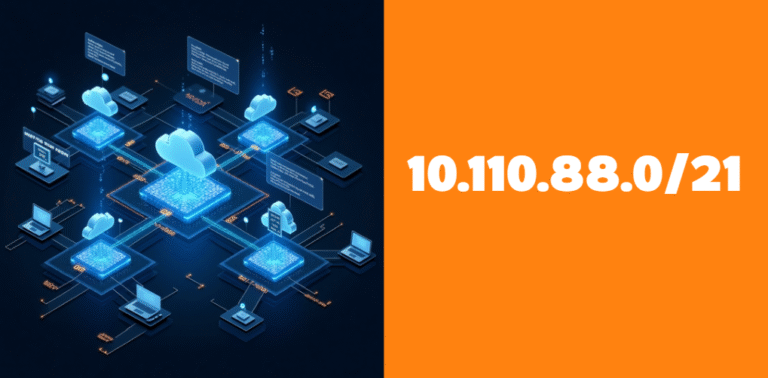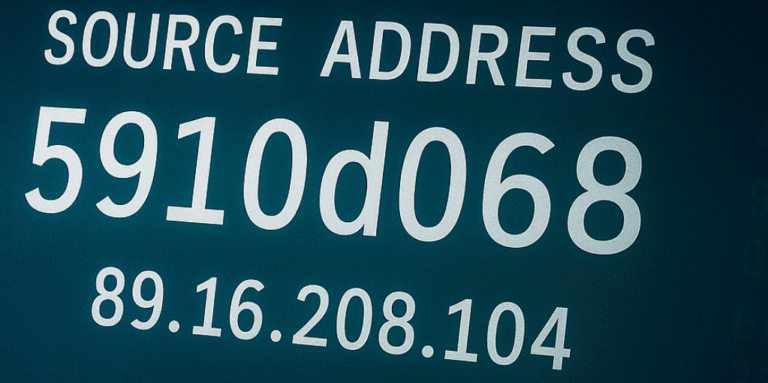Understanding and Resolving the “Cloudlin Down ETH1” Network Interface Issue
Encountering the “Cloudlin Down ETH1” error can disrupt your cloud-based services. This comprehensive guide delves into its causes, troubleshooting steps, and preventive measures to ensure seamless network operations.
In today’s cloud-centric computing environment, maintaining uninterrupted network connectivity is crucial. One common issue that administrators may face is the “Cloudlin Down ETH1” error, indicating that the secondary Ethernet interface (eth1) on a Linux-based system is inactive or malfunctioning. This problem can lead to significant disruptions in data transmission, affecting various services hosted on cloud platforms. Understanding the root causes, effective troubleshooting methods, and preventive strategies is essential for ensuring network resilience and efficiency.
What Does “Cloudlin Down ETH1” Mean?
The term “Cloudlin Down ETH1” refers to a scenario where the eth1 network interface on a Linux-based cloud server is non-operational. In Linux systems, eth1 typically denotes the second Ethernet interface, which is often used for internal communications, redundancy, or specific network segments. When this interface is down, it implies that the system cannot transmit or receive data through this channel, potentially leading to service interruptions, especially in environments relying on multiple network interfaces for load balancing or failover mechanisms.
The Importance of ETH1 in Cloud Environments
In cloud infrastructures, multiple network interfaces are employed to segregate traffic, enhance security, and ensure redundancy. The eth1 interface often plays a pivotal role in handling internal traffic, connecting to private networks, or serving as a backup route in case the primary interface (eth0) fails. A malfunctioning eth1 can compromise these functionalities, leading to potential bottlenecks, increased latency, or complete service outages. Therefore, maintaining the operational integrity of eth1 is vital for optimal cloud performance.
Common Causes of “Cloudlin Down ETH1”
Several factors can lead to the “Cloudlin Down ETH1” error. Identifying the specific cause is crucial for effective remediation.
Physical Connectivity Issues
Loose or damaged Ethernet cables, faulty ports, or defective network interface cards (NICs) can disrupt the physical connection, rendering eth1 inactive. Regular inspection of hardware components is essential to prevent such issues.
Driver and Firmware Problems
Outdated or corrupted drivers can hinder the communication between the operating system and the NIC. Similarly, firmware incompatibilities may cause the interface to malfunction. Ensuring that drivers and firmware are up-to-date is critical for network stability.
Software Misconfigurations
Incorrect network settings, such as IP address conflicts, subnet mismatches, or improper gateway configurations, can prevent eth1 from functioning correctly. Misconfigurations in network scripts or interface files can also lead to the interface being down.
Hardware Failures
Over time, hardware components like NICs can degrade or fail, leading to intermittent or complete loss of connectivity on eth1. Regular hardware diagnostics can help in early detection and replacement of faulty components.
External Factors
Environmental conditions such as overheating, power surges, or electromagnetic interference can impact network hardware performance, causing interfaces like eth1 to go down. Implementing proper environmental controls and surge protection can mitigate these risks.
Troubleshooting “Cloudlin Down ETH1”
Addressing the “Cloudlin Down ETH1” error involves a systematic approach to identify and rectify the underlying issue.
Step 1: Check Physical Connections
Ensure that all cables connected to eth1 are securely plugged in and free from damage. Inspect the NIC and switch ports for any signs of wear or malfunction.
Step 2: Verify Network Configuration
Review the network configuration files (e.g., /etc/network/interfaces or /etc/netplan/*.yaml) to confirm that eth1 is correctly configured. Check for IP address conflicts, correct subnet masks, and appropriate gateway settings.
Step 3: Restart Network Services
Sometimes, restarting network services can resolve transient issues. Use commands like sudo systemctl restart networking or sudo ifdown eth1 && sudo ifup eth1 to reset the interface.
Step 4: Update or Reinstall Drivers
Ensure that the latest drivers for the NIC are installed. If issues persist, consider reinstalling the drivers or updating the system firmware to address potential compatibility problems.Reddit+2openmediavault+2e2e.ti.com+2
Step 5: Examine System Logs
Check system logs (/var/log/syslog or dmesg) for any error messages related to eth1. These logs can provide insights into hardware failures, driver issues, or misconfigurations.
Preventive Measures to Avoid Future Occurrences
Implementing proactive strategies can minimize the risk of encountering the “Cloudlin Down ETH1” error.
Implement Advanced Network Monitoring
Utilize network monitoring tools to continuously assess the health and performance of network interfaces. These tools can alert administrators to potential issues before they escalate.
Improve Redundancy and Failover Systems
Configure multiple network interfaces with failover capabilities to ensure continuous connectivity even if one interface fails. Implementing bonding or teaming can enhance network resilience.
Conduct Regular Audits and Stress Testing
Periodically audit network configurations and perform stress tests to identify vulnerabilities or performance bottlenecks. This proactive approach helps in maintaining optimal network operations.
Update and Maintain Hardware
Regularly inspect and maintain network hardware components. Replace aging or faulty equipment to prevent unexpected failures.
Invest in Staff Training
Ensure that IT personnel are well-trained in network management and troubleshooting techniques. Continuous education helps in promptly addressing and resolving network issues.
Conclusion
The “Cloudlin Down ETH1” error underscores the complexities of managing network interfaces in cloud environments. By understanding its causes, employing effective troubleshooting methods, and implementing preventive measures, administrators can ensure robust and uninterrupted network operations. Proactive management and regular maintenance are key to sustaining the health and performance of critical network interfaces like eth1.
Other Posts
Ramitheicon 1.49M Subscribers: The Journey of a Sneaker YouTuber Taking the Internet by Storm
Channelsyncharma Explained: The Future of Unified Digital Communication Systems
AWT69X Technology: Full Guide to Features, Architecture, Applications & Future
Orannalaura: A Comprehensive Guide to Its Meaning, Influence and Multifaceted Role in Modern Culture






